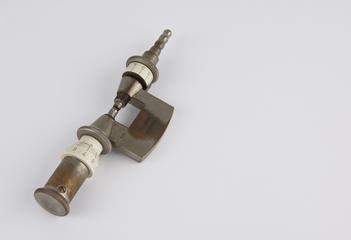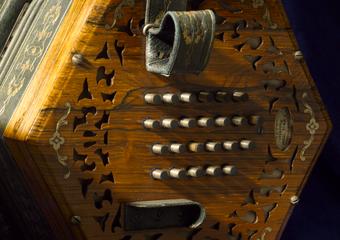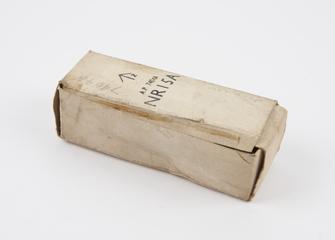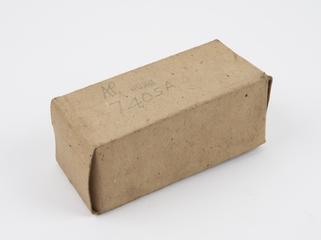
Savart's wheel
- Made:
- 1870
- maker:
- William Ladd




















Eight brass toothed wheels with different numbers of teeth, on a central brass spindle, by William Ladd, London, England, 1870.
This acoustic device, named after French physicist Félix Savart, and produced by William Ladd in 1870, was used to create sounds with known frequencies. Initially developed by Savart to explore the lower range of human hearing, the device worked by eight brass-toothed wheels with a different number of teeth being turned along their central axis while a card was held against it, producing a musical tone. The Savart Wheel demonstrated the relationship between the wheel radii and the frequency ratio.
Details
- Category:
- Acoustics
- Object Number:
- 1872-9
- Materials:
- brass (copper, zinc alloy)
- Measurements:
-
standing upright: 130 mm 85 mm, .905kg
- type:
- savart's wheel
- credit:
- Ladd, W.




